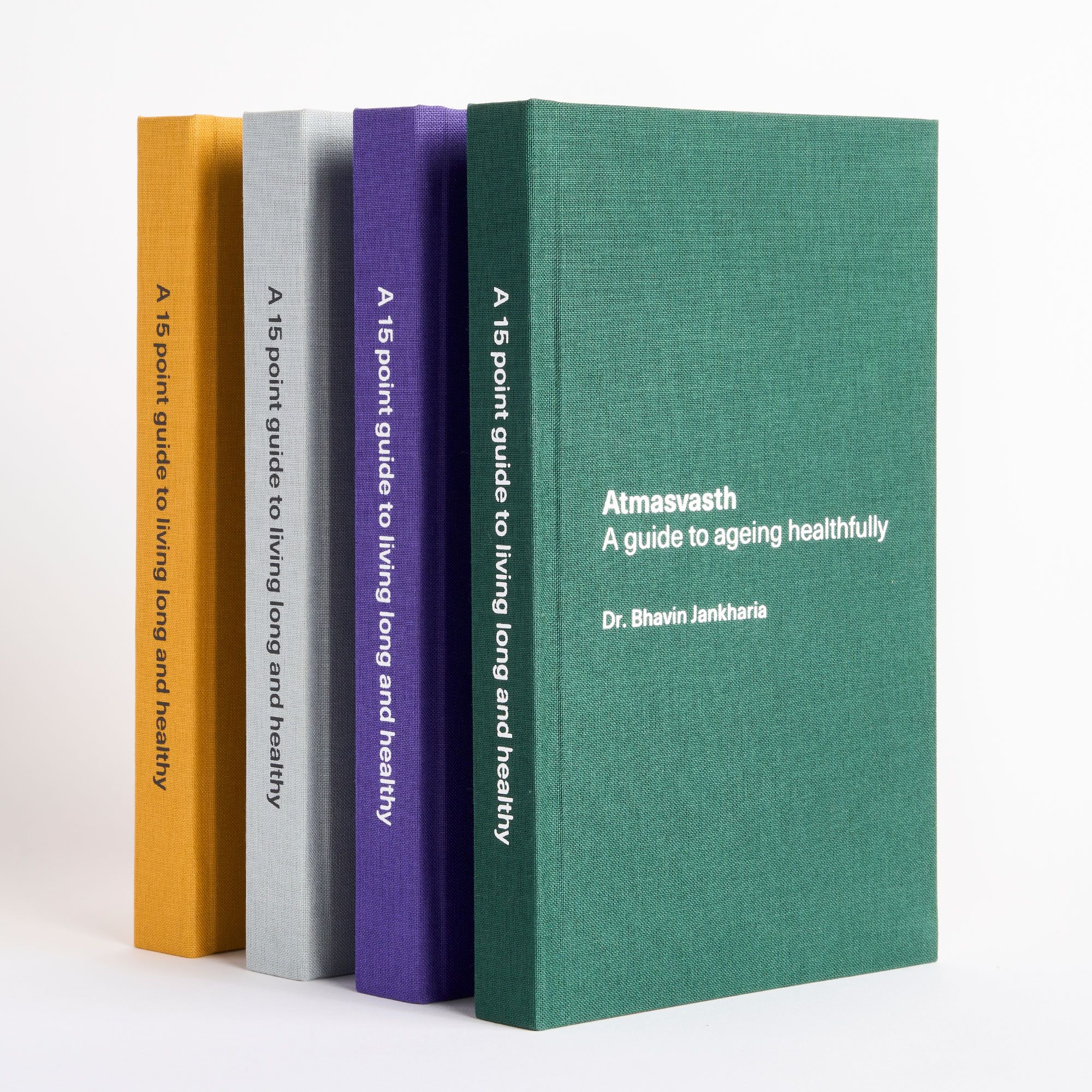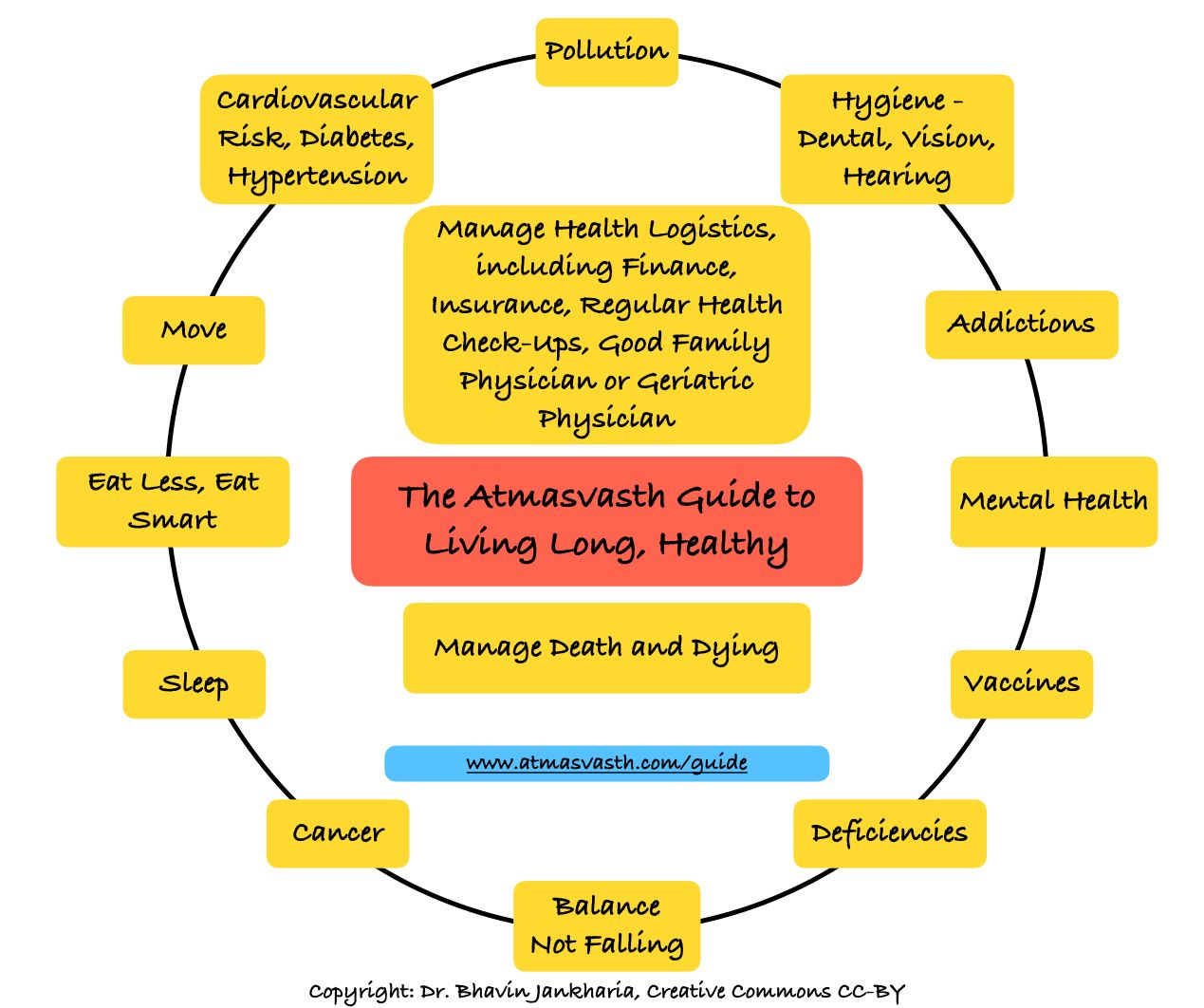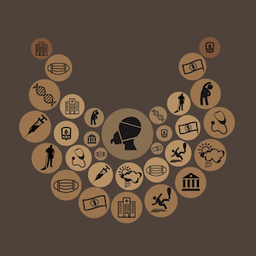"Death as Treatment" - A Slippery Slope to Disaster
"Active death as treatment" is a slippery slope to disaster

The Book - Kindle Version Now Available Worldwide

The Detailed 15-Point Guide to Live Long, Healthy

Audio
Text
I am not sure where I came across the phrase, but it was recent, and it has stuck.
If we write about “death as treatment” as if it is an essay in an exam, we can divide it into two broad categories; self-treatment and treatment given by a doctor or the establishment.
“Death as treatment” by self is another name for suicide, an extreme step taken by people who believe they have no other choice. This can be passive or active.
Passive death, say by santhara to some extent is just that. A decision taken at some point to let go, the refusal to eat and drink eventually leading to a stoppage of bodily functions and then death.
Active death by self-medication/self-treatment is where a person consciously commits suicide, by whatever means possible or available. There are no “good” suicides…all suicides leave behind them a storm of issues…for friends and family, often with unanswered questions and absence of closure that devastates the lives of the living for a long, long time.
India must be one of those rare countries, where if this “death by self-treatment” fails, you can actually go to jail, instead of finding sympathetic ears to help you navigate the reason for this attempt.
So, let’s move onto “death as treatment” administered by doctors or the healthcare system. This too can be passive or active.
Passive death is when life-support systems are stopped, when nothing more can be done or a patient on their death-bed asks to be taken home or is taken home by the relatives in agreement with the patient’s wishes and with the doctors in sync. A decision taken not to do anything active to keep the person alive…this is not uncommon even in the Indian situation, typically when every last resort has already been used up.
A living will can help with this, but despite the advances in the law, it is still a tedious task to register a living will and even if done, there is no guarantee that your doctors and relatives will abide by the contents of that will. So, even if you have left instructions that in case you are unconscious and need ventilatory support, you should not be put on life-support, it is still not mandatory in India for those wishes to be accepted.
This form of passive “death as treatment”, where we don’t want the system to throw everything at us to keep us alive in settings where it is likely we are going to die and the only thing keeping us alive are machines, is something I believe in wholeheartedly. That is the way I would like to go.
The challenge though is the active form of “death as treatment”, assisted suicide or euthanasia or mercy killing, where a relative or a doctor hastens death either with the use of agents that kill or by increasing doses of anesthetic agents that bring death over a few days.
India does not allow this. Period.
But there are countries in the world, Canada being a leader, where this is slowly becoming the norm and like with so many things, will eventually come to India, at some point…could be 5, could be 25 years.
We can all understand that sometimes death is better than living, especially when you/the patient is terminally ill, in pain, with absolutely no hope, death being the ultimate treatment to end that suffering.
But once this is codified and rules are laid down and as Noah Smith has mentioned in a recent article, becomes a real option that doctors start offering patients and then slowly nudging them towards accepting death as a form of treatment even before trying out other options, either because as Gods they truly believe nothing is going to work, or they are being pushed gently in that direction by the healthcare system to save time, energy and money, then there is no end to how much you can keep extending that argument to encompass more and more indications.
And then soon, if this permeates into social consciousness as an acceptable thing to do, what is to prevent children and spouses who want to preserve their wealth and time, to actually start telling older people to think about “death as treatment” for their infirmity and then even with milder issues, actively nudge them towards leaving this world?
Societal mores don’t take too long to change. Imagine 20 years from now, when we are 80 years old and one of us gets a stroke, which will need 6 months of intense rehabilitation and incur significant costs (doctors, hospitals, nursing home, physiotherapists, medicines, etc), the doctor or the insurer or the child who is abroad but can’t keep coming down or even if nearby, has other better things to do, tells us that perhaps we should accept a life well-lived and choose death as a treatment option, to make it easy for everyone.

“I am just putting it out there” the doctor will say, “you don’t have to consider it at all.” But once it is put out there, everyone will consider it, and soon we will all be conditioned to accept it as an option and frankly, all hell will break loose.
Once thinking of this option of “active death as treatment” normalizes, the discussion will be more about the manner of death (in a religious place, or a mountain or a 5 or 7-star hotel vs a small nursing home or at home, etc), rather than whether this option should have been offered in the first place or not.
The New York times has just published a piece titled “End-Stage Poverty”, where elderly people suddenly find themselves poor, often due to catastrophic medical expenses or the gradual loss of income and often choose to die or accept death passively or actively because they see no hope or option. Even in India, once you retire at the age of 60 or 64, you will need a minimum of Rs 1 crore set aside to navigate life till 90 if you belong to the middle or higher classes.
The rich can always navigate tricky situations. The burden of “active death by treatment” will eventually fall on the poor, or those who suddenly find themselves faced with end-stage poverty, the idea being to not waste money on a supposed lost cause, when the finite resources of the healthcare system could be used for those, usually the young, who are more likely to contribute to society. Like the decision making that some doctors had to do during COVID-19 to decide who to let live and who to let die. And then what stops the same decision making being applied to the disabled, to those with mental disorders and then to those who don’t fit into our idea of people who should be alive, perhaps because of their race or religion?
Doctors and the healthcare system are NOT GODS and DO NOT and SHOULD NOT ever have the power to nudge others towards accepting death as a form of treatment.
We are all going to die. We did not have a choice to be born. We rarely have much choice in life as well. We have no choice when it comes to dying, but perhaps we should have some say in the manner of our death. Imagine being told every day by well-meaning family members and doctors that it would be in everyone’s interest to accept death and move on. Even if we don’t want to die, we may accept that option in despair to just shut everyone up.
Accepting the concept of “death as treatment” as an option is the beginning of a never-ending slippery slope that has only one outcome…people being put to death even if they don’t want to die, simply because it is in the larger interest of society or the people around that person.
The last part of this poem “On Earth” by Franz Wright sums it up
How does one go
about dying?
Who on earth
is going to teach me—
The world
is filled with people
who have never died?
Atmasvasth Newsletter
Join the newsletter to receive the latest updates in your inbox.



